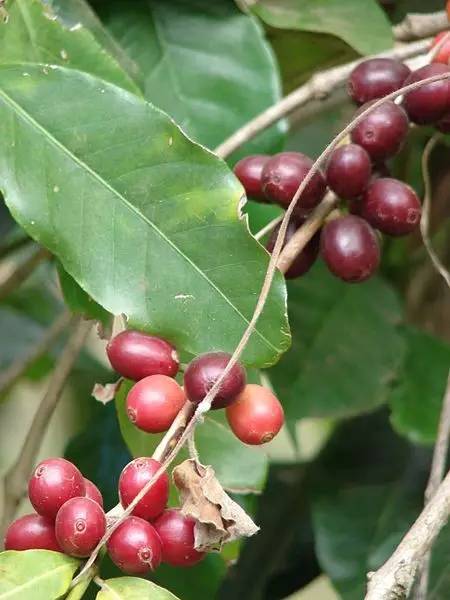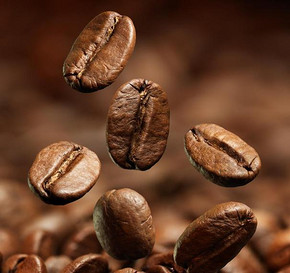Have you thought about how climate change will affect coffee farming?
Follow the caf é (Wechat official account vdailycom) and found that Beautiful Cafe opened a small shop of its own.
By the end of the century, climate change may cause about half of Ethiopia's coffee-growing areas to be unsuitable for coffee cultivation; but the study is not all bad news, and the authors suggest that through coffee-growing areas transfer, afforestation and forest protection, the total area of coffee cultivation is expected to quadruple.
Small fruit coffee (Coffea arabica) contributes to the world's major coffee bean production, it originated in Ethiopia, accounting for 1/4 of the country's export earnings. Therefore, it is necessary to understand the impact of climate change on coffee production, but it is not easy to predict the impact of climate change at the local level.

Small fruit coffee (Coffea arabica), also known as Arabica coffee, accounts for about 70% of global coffee production and originates in Ethiopia.
Forest & Kim Starr @ Wikipedia (CC-BY-3.0)
Justin Moat and colleagues at the Royal Botanical Gardens in London designed different transfer scenarios, using high-resolution climate data developed by the World Climate Research Initiative (WCRP) and the latest satellite imagery data to generate predictions of coffee suitability over four periods of time-from the 1960s to the 21st century. In this way, they can divide every square kilometer of land in Ethiopia into five categories according to the extent to which coffee is suitable for growing coffee: unsuitable, barely suitable, suitable, good and optimal. Then, in order to verify the accuracy of the model, the researchers drove and walked about 30, 000 kilometers and visited more than 1800 sites between 2013 and 2016.
Ethiopia's main coffee producing areas, five types of coffee growing land and experimental sites, etc.
Moat et al.
They found that by the end of the century, 59% of the current coffee producing areas may no longer be suitable for growing coffee, a clear indication of the threat posed by climate change. However, the authors also believe that climate change-related temperature increases may increase coffee-growing areas in Ethiopia over the next 20 years. Finally, they pointed out the most suitable forest areas as a "refuge" for genetic diversity of wild small fruit coffee.
Important Notice :
前街咖啡 FrontStreet Coffee has moved to new addredd:
FrontStreet Coffee Address: 315,Donghua East Road,GuangZhou
Tel:020 38364473
- Prev

Keep jumping nerves ── prime time for coffee
Professional barista Communication Please follow the coffee workshop (official Wechat account cafe_style) when you get up, it's better to wake yourself up with a cup of coffee in the morning light. Do you drink coffee to cheer you up? Why don't you check it and see if you really drank it right? Before running for a living, have a cup of coffee to cheer you up. This time, let the goat coffee tell you how to drink the most refreshing coffee! Coffee
- Next

To what extent has coffee cultivation in China developed?
Following Cafe Review (Wechat official account vdailycom) found that Coffee Cafe opened a small shop of its own. Coffee is one of the most popular drinks in the world today, with global consumption of more than 1.5 billion cups a day. To meet the global demand for coffee, 25 million farmers in more than 80 countries are engaged in coffee cultivation. At present, the global annual output of coffee exceeds 8 million tons, making it the heaviest in the world.
Related
- Beginners will see the "Coffee pull flower" guide!
- What is the difference between ice blog purified milk and ordinary milk coffee?
- Why is the Philippines the largest producer of crops in Liberia?
- For coffee extraction, should the fine powder be retained?
- How does extracted espresso fill pressed powder? How much strength does it take to press the powder?
- How to make jasmine cold extract coffee? Is the jasmine + latte good?
- Will this little toy really make the coffee taste better? How does Lily Drip affect coffee extraction?
- Will the action of slapping the filter cup also affect coffee extraction?
- What's the difference between powder-to-water ratio and powder-to-liquid ratio?
- What is the Ethiopian local species? What does it have to do with Heirloom native species?

